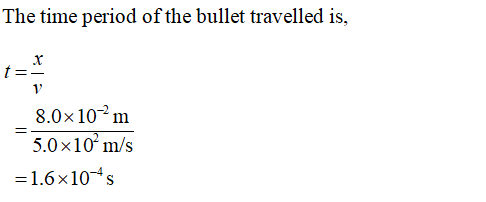Figure 21.40 This stop-motion photograph of a rufous hummingbird (Selasphorus rufus) feeding on a flower was obtained with an extremely brief and intense flash of light powered by the discharge of a capacitor through a gas. (credit: Dean E. Biggins, U.S. Fish and Wildlife Service)
High-speed flash photography was pioneered by Doc Edgerton in the 1930s, while he was a professor of electrical engineering at MIT. You might have seen examples of his work in the amazing shots of hummingbirds in motion, a drop of milk splattering on a table, or a bullet penetrating an apple . To stop the motion and capture these pictures, one needs a high-intensity, very short pulsed flash, as mentioned earlier in this module.
Suppose one wished to capture the picture of a bullet (moving at 5.0×102 m/s ) that was passing through an apple. The duration of the flash is related to the RC time constant, τ . What size capacitor would one need in the RC circuit to succeed, if the resistance of the flash tube was 10.0 Ω ? Assume the apple is a sphere with a diameter of 8.0×10–2 m.


Trending now
This is a popular solution!
Step by step
Solved in 2 steps with 2 images









